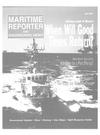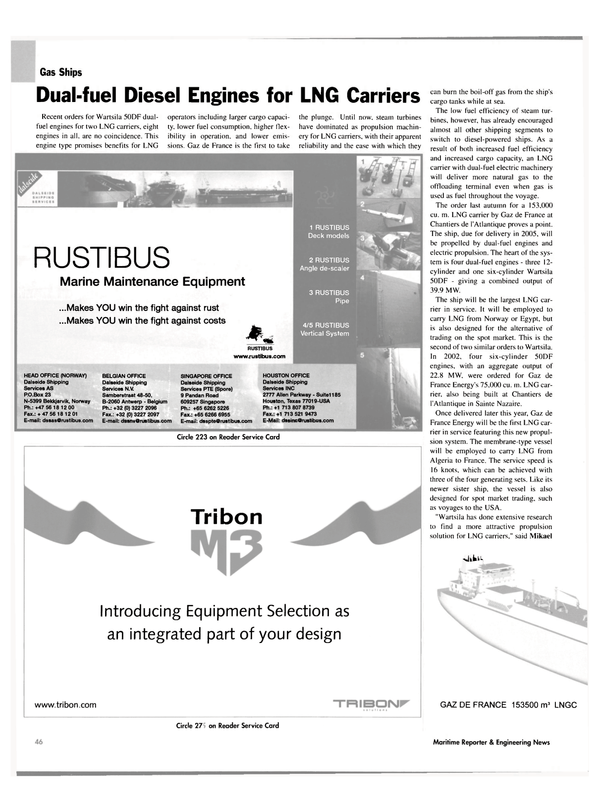
SMT: Safe and Cost Effective Mooring
Tandem offloading from a spread moored FPSO is a high-risk operation that involves significant challenges with respect to safety and regularity.
Based on extensive operational experience with shuttle tankers, combined with state-of-the art knowledge on mooring systems, APL has in cooperation with Statoil developed SMT, a concept designed to improve safety and regularity.
The SMT system improves tandem operations and seeks to dramatically reduce risk. The basics of the concept is to utilize the mooring lines of the FPSO to introduce a collision barrier between tanker and FPSO and to prevent the tanker from extensive rotation in case of a change in weather direction or abnormal operation.
The aft most mooring lines of the FPSO, or two dedicated mooring lines, are routed in an appropriate direction. At a distance of 100m to 150m from the FPSO two mooring buoys are connected to the FPSO mooring lines. The forward mooring lines of the export tanker is connected to these buoys. Between the buoys a collision barrier, consisting of heavy-duty fenders, is arranged. At a distance of approximately 700m from the FPSO a second set of buoys are connected to the mooring lines. The aft mooring lines of the export tanker are further connected to these buoys. The loading hose (floating hose string) is routed from the manifold on the FPSO to one of the mooring buoys, and further to the midship manifold of the export tanker. A rigid spool pipe is arranged on the mooring buoy with a flange connection to the loading hoses. In idle condition the outer loading hose can be tied back to the FPSO to avoid entanglement and obstruction during tanker berthing.
The berthing operation will be similar to a standard SPM berthing. During approach a tug with sufficient bollard pull will be attached to the stern of the tanker for safeguard. The collision barrier will be a second safeguard for avoiding collision with the FPSO. When the tanker is in position the assistance vessel will hand over the fwd mooring lines, which will be pulled in and locked in the chain stoppers. The aft mooring lines will then be picked up by the assistance vessel, handed over to the tanker and attached to the strong points aft. Finally the loading hoses are tugged over to the tanker and connected to the midship manifold.
Circle 4 8 on Reader Service Card
Read SMT: Safe and Cost Effective Mooring in Pdf, Flash or Html5 edition of April 2004 Maritime Reporter
Other stories from April 2004 issue
Content
- Rocknes Successfully Parbuckled page: 8
- Galtex Pilots Order New Jet Boat page: 9
- Meyer Werft Delivers New RoRo-Cruise Ferry page: 10
- Bollinger Launches Innovative OSV Hull page: 12
- Port Pile Up? page: 14
- U.S. Manifest Presentation Requirements page: 17
- Terrorist and Bogus Marine Credentials page: 23
- Rig Demand in the Doldrums page: 24
- The Future is Now page: 30
- SNAME: Investing in the Future page: 32
- Offshore Prospects Keep Bollinger Busy page: 34
- Bollinger Delivers ATB for Bouchard page: 34
- ShipConstructor 2 0 0 4 used for M/V Cheramie BoTruc 38 page: 36
- Stability Software for Semi Submersible Rigs page: 38
- VT Halter: King has Company Back on Track page: 40
- Teekay Enters LNG With Tapias Acquisition page: 42
- Drewry Forecasts Strong LNG Growth page: 42
- ChevronTexaco to Operate New LNG Carrier page: 43
- ABS Addresses Tech Concerns page: 44
- Dual-fuel Diesel Engines for LNG Carriers page: 46
- Graig Extends Cooperation With Vinashin page: 49
- Teekay Seeks to Grow Suezmax Fleet page: 50
- SMT: Safe and Cost Effective Mooring page: 50
- Wilh. Wilhelmsen ASA: Profits to Roll Through 2004 page: 52
- Farstad: North Sea Utilization Rates Down page: 54
- ConCat Survey Cat Trolls for Buyers page: 55
- Berge Boston Gets New Ship Security System page: 56
- Kongsberg Maritime: United, Diverse page: 57
- The Rules are About to Change page: 60
- Cool Technology page: 62
- Advanced Joint Health Service Support and Sea Basing Concept page: 64


